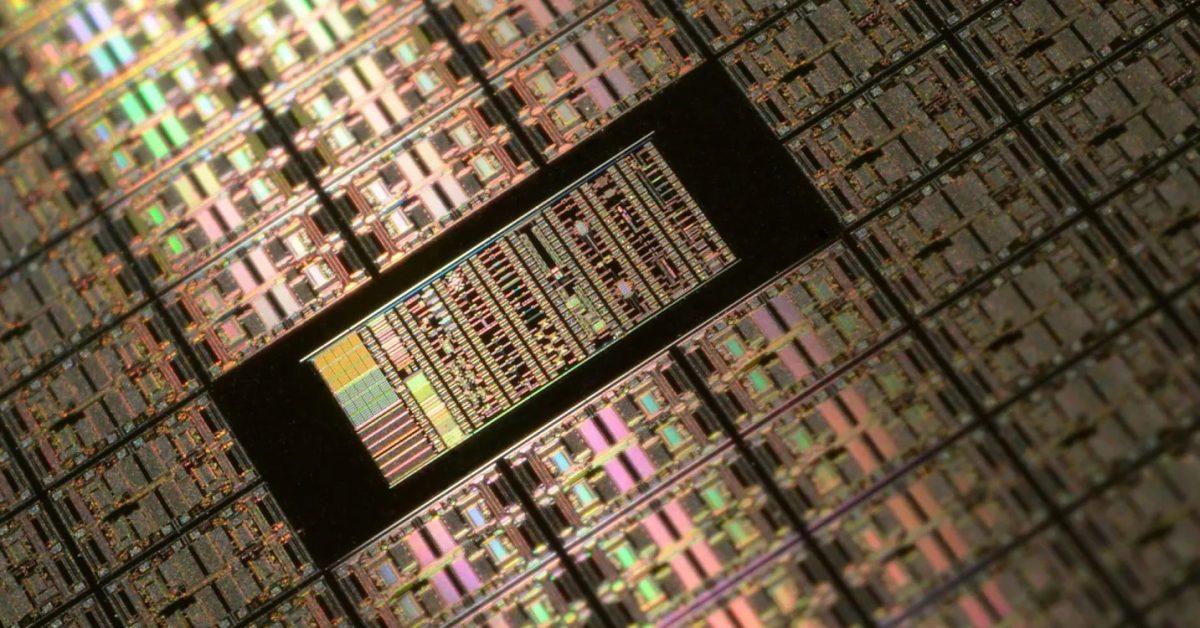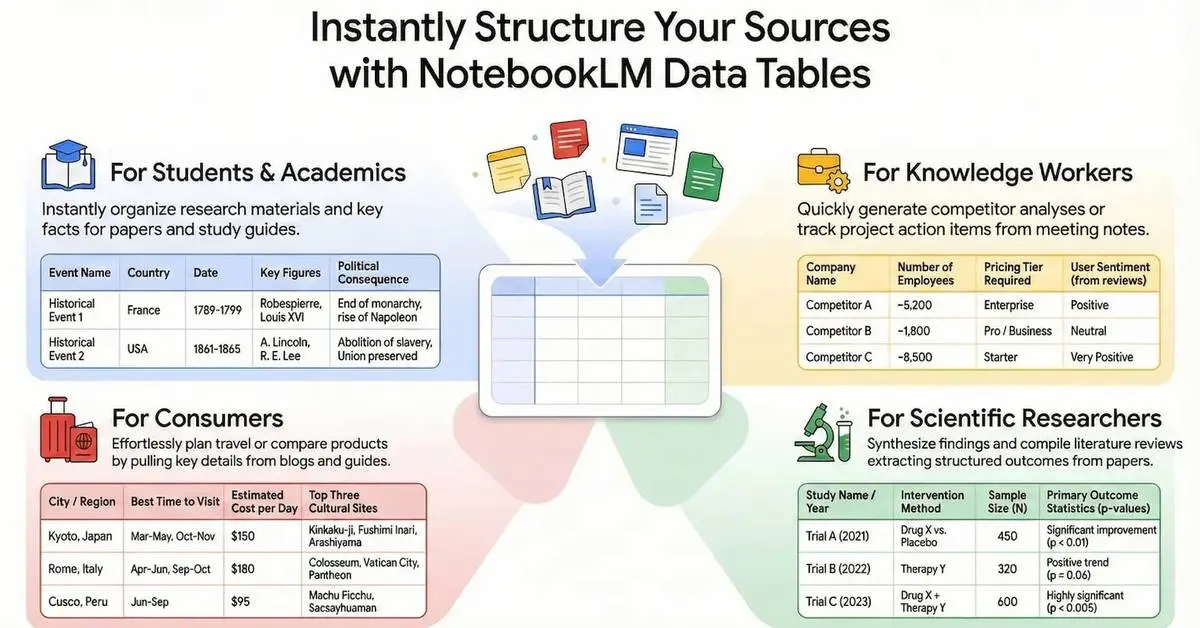Apple's A20 Chip: A Leap in Mobile Processor Technology for 2026 iPhones
2 Sources
2 Sources
[1]
Apple's A20 chip to introduce this packaging breakthrough - 9to5Mac
Apple is planning to overhaul its chip design for the 2026 iPhones, in a move that could mark the first time it uses advanced multi-chip packaging in a mobile device. It sounds complicated, but here's what this means. According to analyst Jeff Pu in a new report for GF Securities, the iPhone 18 Pro, 18 Pro Max, and the long-rumored iPhone 18 Fold are expected to debut Apple's A20 chip, built on TSMC's second-gen 2nm process (N2). But that's only part of the story. The more interesting bit is how those chips will be assembled. For the first time, Apple is set to adopt Wafer-Level Multi-Chip Module (WMCM) packaging for its iPhone processors. WMCM allows different components, like the SoC and DRAM, to be integrated directly at the wafer level, before being diced into individual chips. It uses a technique that connects the dies without needing an interposer or substrate, which can bring both thermal and signal integrity benefits. In other words, Apple's next-gen chip won't just be smaller and more power-efficient thanks to N2. It'll also be physically closer to its onboard memory, enabling better performance and potentially lower power consumption for tasks like AI processing and high-end gaming. Behind the scenes, Pu reports TSMC is building a dedicated production line and expects to quickly ramp up by 2027: "TSMC will establish a dedicated WMCM production line at its AP7, leveraging equipment and process similar to CoWoS-L without on-substrate. We see TSMC is preparing capacity of up to 50KPM by end of 2026 and estimate the capacity to reach 110-120KPM by end-2027, due to the increase in adoption." For Apple, this is a big leap in chip design, similar to when it adopted 3nm ahead of most of the industry. And for the broader mobile market, it suggests that technologies once reserved for data center GPUs and AI accelerators are making their way into smartphones. And if you're wondering what this means for the iPhone 18 Fold: it seems Apple isn't just reserving its most novel hardware for its form factor. It may also be the company's testbed for next-gen silicon packaging.
[2]
Apple's iPhone 18 Pro Models Could Debut With a 2nm A20 Chip in 2026
The 2nm process will also bring various components closer together Apple's chipsets powering the iPhone 15 Pro and 16 Pro models have been using TSMC's 3nm manufacturing process, and that could change in 2026. Apple started using the 3nm manufacturing process after its switch to the 'Pro' branding for its chipsets, for the iPhone 15 Pro and newer models. The switch from the 4nm Apple A16 Bionic processor to the more efficient 4nm A17 Pro chipset brought several benefits to iPhone users, including better battery life and improved performance. An analyst has predicted that Apple will make the switch to a more power-efficient chipset that is also expected to bring other performance benefits. A 9to5Mac report citing GF Securities analyst Jeff Pu claims that Apple will switch to using TSMC's 2nd-gen 2nm manufacturing process (N2) for its next generation A20 chip. The processor is expected to debut in 2026 with the iPhone 18 Pro, iPhone 18 Pro Max, and the iPhone 18 Fold, Apple's first foldable device. With the new fabrication process, the 2nm Apple A20 processor will be smaller than its predecessor. While it could offer better power efficiency, the analyst reportedly claims that Apple will adopt a new Wafer-Level Multi-Chip Module (WMCM), which will reportedly bring the various components (SoC, DRAM) closer together at the wafer level itself. Such a design, which reduces the need for a substrate, also provides better thermal efficiency. Overall, this design will also result in lower power consumption, which works better given the new performance requirements to run Apple Intelligence on iOS. The analyst also predicts that TSMC's 2nd-gen 2nm (N2) production line will be up and running by 2026, and that the chipmaker will ramp up its capacity for producing more of these chips in 2027. Apple's current iPhone 16 Pro model utilises its A18 Pro SoC, which is also manufactured by TSMC using their 3nm N3E process. It has a hexa-core architecture with the two big cores clocked at 4.05GHz and has a 6-core GPU along with a 16-core Neural Engine, which is said to run AI tasks at 35 TOPS.
Share
Share
Copy Link
Apple plans to introduce the A20 chip with advanced multi-chip packaging for the 2026 iPhone models, marking a significant advancement in mobile processor technology.
Apple's Next-Gen A20 Chip: A Technological Leap
Apple is set to revolutionize its chip design for the 2026 iPhone lineup, introducing the A20 processor that promises to push the boundaries of mobile computing. This advancement marks a significant milestone in Apple's chip manufacturing strategy, potentially setting new standards for the industry
1
2
.Cutting-Edge 2nm Process

Source: 9to5Mac
At the heart of this innovation is TSMC's second-generation 2nm process (N2), which will be used to manufacture the A20 chip. This transition from the current 3nm process used in the A17 Pro and A18 Pro chips represents a substantial leap in semiconductor technology. The 2nm process is expected to yield chips that are smaller, more power-efficient, and capable of delivering enhanced performance
1
2
.Revolutionary Packaging Technology
Perhaps the most groundbreaking aspect of the A20 chip is the introduction of Wafer-Level Multi-Chip Module (WMCM) packaging. This advanced technique allows for the integration of different components, such as the System-on-Chip (SoC) and DRAM, directly at the wafer level before they are cut into individual chips
1
.The WMCM approach eliminates the need for an interposer or substrate, resulting in several key benefits:
- Improved thermal efficiency
- Enhanced signal integrity
- Potential for lower power consumption
- Better overall performance, especially for AI processing and high-end gaming
1
2
Implications for Future iPhones

Source: Gadgets 360
The A20 chip is expected to debut in the iPhone 18 Pro, iPhone 18 Pro Max, and the long-rumored iPhone 18 Fold. This suggests that Apple is not only pushing the envelope in chip design but also in device form factors
1
2
.For the speculated iPhone 18 Fold, the inclusion of the A20 chip indicates that Apple is committed to equipping its most innovative hardware with cutting-edge silicon. This could position the foldable iPhone as a powerhouse device, capable of handling demanding tasks while maintaining energy efficiency
1
.Related Stories
Industry Impact and Production Ramp-Up
TSMC, Apple's chip manufacturing partner, is reportedly establishing a dedicated WMCM production line at its AP7 facility. The company aims to rapidly scale up production, with capacity expected to reach 50,000 wafers per month by the end of 2026 and potentially 110,000-120,000 wafers per month by the end of 2027
1
.This aggressive production schedule underscores the significance of the A20 chip and WMCM technology, not just for Apple but for the broader mobile industry. It signals a shift where advanced packaging techniques, previously reserved for data center GPUs and AI accelerators, are now making their way into smartphones
1
.Continued Innovation in Mobile Processors
The A20 chip builds upon Apple's track record of pushing the boundaries of mobile processor technology. The current A18 Pro SoC, used in the iPhone 16 Pro, already boasts impressive specifications, including a hexa-core architecture with two high-performance cores clocked at 4.05GHz, a 6-core GPU, and a 16-core Neural Engine capable of running AI tasks at 35 TOPS (Trillion Operations Per Second)
2
.With the A20 chip, Apple aims to further enhance these capabilities, potentially enabling more advanced on-device AI processing, improved gaming experiences, and overall better performance across a wide range of applications.
References
Summarized by
Navi
Related Stories
Recent Highlights
1
Google launches Gemini 3 Flash as default AI model, delivering speed with Pro-grade reasoning
Technology

2
OpenAI launches GPT Image 1.5 as AI image generator war with Google intensifies
Technology

3
OpenAI launches ChatGPT app store, opening doors for third-party developers to build AI-powered apps
Technology








